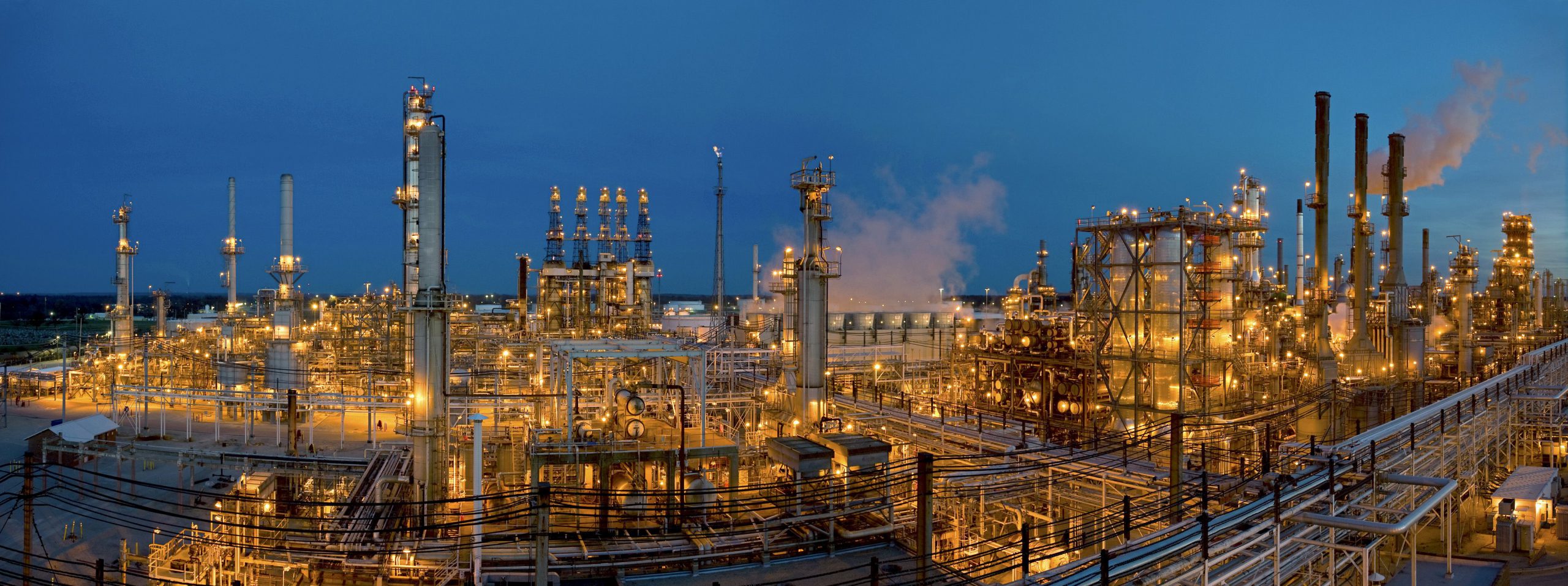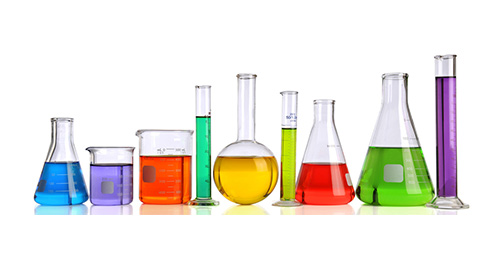HJ OIL – Manufacturer and Global Supplier of High-Quality Petrochemical Products

At HJ OIL International, we specialize in supplying a wide range of high-quality petrochemical products to industries worldwide. With strong partnerships and direct access to leading refineries in Taiwan, Korea, Australia, the USA, and the Middle East, we ensure reliable, consistent, and premium-grade chemical solutions tailored for diverse industrial applications.
? What Are Petrochemicals?
Petrochemicals are chemical compounds derived from crude oil and natural gas, serving as vital building blocks in a variety of industries. They are broadly classified into:
1️⃣ Primary Petrochemicals – such as olefins (ethylene, propylene, butadiene), aromatics (benzene, toluene, xylene), and methanol.
2️⃣ Intermediates & Derivatives – created through chemical conversions of feedstocks into complex products for commercial use.
These versatile compounds are key to manufacturing detergents, plastics, textiles, pharmaceuticals, and more.
? HJ OIL Petrochemical Product Range
Our portfolio includes a comprehensive range of petrochemicals, each meeting strict international quality standards:
? LABSA (Linear Alkyl Benzene Sulphonic Acid)
Produced via sulfonation of alkyl benzene, LABSA is essential in detergents and cleaning agents, ensuring high performance and biodegradability.
❄️ Mono Ethylene Glycol (MEG)
A vital raw material for polyester fibers and antifreeze formulations, MEG is a colorless, odorless viscous liquid with excellent hygroscopic properties.
? Dense & Light Soda Ash (Sodium Carbonate)
Used in glass manufacturing, detergents, and chemical processing. Dense soda ash offers high bulk density, while light soda ash is ideal for smaller-scale applications.
? Diethylene Glycol (DEG) & Triethylene Glycol (TEG)
Multi-purpose glycols used as solvents, in dehumidification systems, and for manufacturing unsaturated polyester resins.
? Carbon Black
A crucial additive in rubber, plastics, and inks, improving mechanical strength, UV protection, and coloring properties.
? White Spirit & Methyl Acetate
Versatile solvents for paints, coatings, and industrial cleaning processes.
? Glycerin (Glycerol)
Available from both petrochemical and natural origins, used in food, pharmaceuticals, and cosmetics due to its moisturizing and sweetening properties.
? Polyethylene Glycol (PEG) & Propylene Glycol (PPG)
Used in medical formulations, industrial lubricants, and cosmetic products for their unique solubility and moisture retention characteristics.
? Chlorinated Paraffin
Available in SCCPs, MCCPs, and LCCPs, these are used in lubricants, flame retardants, and plasticizers.
⚡ Caustic Soda (Sodium Hydroxide)
An essential industrial chemical for paper, textiles, and soap production, supplied in solid form.
? Urea & Ammonium Sulfate
Key fertilizers supporting global agriculture, also used in resins, adhesives, and animal feed.
? Sulfur & Sulfuric Acid
Strategic raw materials for agriculture, chemicals, and energy industries, offered in crystal and liquid forms.
? Sodium Bicarbonate, Sodium Sulfate, Aluminum Sulfate
Multi-industry applications including food production, water treatment, and detergents.
? Potassium Chloride & Calcium Chloride
Used in fertilizers, de-icing, and industrial processes, ensuring optimal quality and performance.
? Packaging Options
To meet your logistical requirements, HJ OIL offers flexible delivery solutions:
✅ Flexibag – cost-effective for liquid transport (up to 24 MT per container)
✅ Isotank – for secure and efficient bulk liquid handling
✅ Bulk Shipments – direct to large-scale operations
? Why Choose HJ OIL?
✅ Direct refinery access – mandate relationships with top refineries
✅ Premium quality assurance – with SGS certification available
✅ Global reach – strong presence in East Asia, the Middle East, and beyond
✅ Customized solutions – tailored to your needs
? Get in Touch
Let HJ OIL be your trusted partner in petrochemicals. Contact us today for competitive quotes, reliable delivery schedules, and world-class service.
? Word Count: ~950 words (SEO optimized)
? Perfect for website product page or a dedicated petrochemical section
TYPES OF Petrochemical WE PROVIDE
-
Normal Paraffin
-
Naphtha
-
Glass Beads
-
Carbon Black
-
Black Masterbatches
-
White Spirit
-
Urea
-
Sulphur
-
Zinc Ash
-
Methanol
-
Bentonite
-
Caustic Soda
-
Gypsum Crystals
-
Chlorinated Paraffin
-
Polyethylene Glycol
-
LABSA (Linear Alkyl Benzene Sulphonic Acid)
-
Mono Ethylene Glycol









